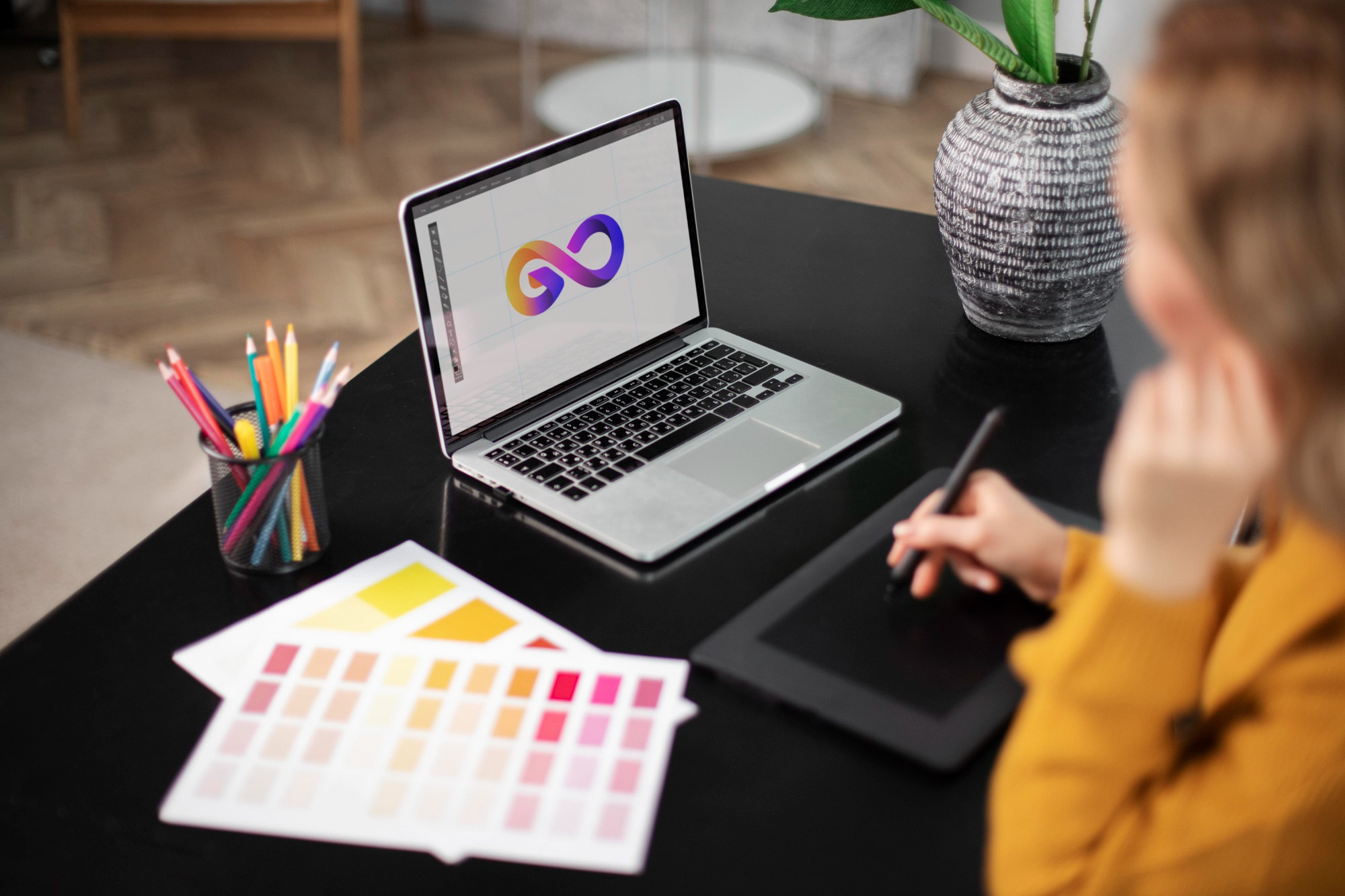
The Power of Visual Identity: How Graphics Define Your Brand
By nexumbit • July 15, 2025

In today’s digital-first world, your visual identity is often the first and most lasting impression you leave on customers. Before a potential client reads a single line of text about your business, they’ve already judged you—consciously or subconsciously—based on your logo, website layout, colors, and design. That’s the power of graphics in branding.
Graphics do more than look good—they communicate your values, create recognition, and build emotional connections. In this blog, we’ll explore how visual identity shapes your brand and how you can use graphics strategically to define and strengthen your presence.
What Is Visual Identity?
Visual identity is the collection of graphic elements that represent your brand. This includes:
-
Logo
-
Color palette
-
Typography
-
Iconography
-
Imagery style
-
Layout and design system
Together, these elements create a cohesive and memorable image of your brand across all platforms—whether it’s a website, social media post, packaging, or advertisement.
Why Visual Identity Matters
-
First Impressions Count
Studies show that users form a judgment about your brand within 50 milliseconds of seeing your site or ad. That judgment is mostly visual. A polished, professional design builds trust. A cluttered or inconsistent look sends the opposite message. -
Brand Recognition
Think of brands like Apple, Coca-Cola, or Nike. You can recognize them instantly without reading a word. Their logos, colors, and design style are embedded in your mind. That’s the magic of consistent and strategic visual identity. -
Emotional Connection
Colors, shapes, and design styles evoke emotions. A luxury brand might use sleek fonts and deep, rich colors. A fun startup might lean into playful icons and bright tones. These graphic decisions influence how people feel about your brand.
Core Elements That Define Your Visual Identity
1. Logo Design
Your logo is the face of your brand. A good logo is:
-
Simple
-
Memorable
-
Versatile (works in black & white, small & large sizes)
-
Timeless
Avoid overly complex designs. A strong logo should communicate your brand essence in one glance.
2. Color Palette
Colors carry psychological meaning:
-
Blue = Trust, calm
-
Red = Passion, urgency
-
Green = Growth, nature
-
Black = Luxury, authority
Use 2–4 brand colors and apply them consistently across your website, social media, and marketing materials.
3. Typography
Fonts convey tone and professionalism. Serif fonts suggest tradition and reliability; sans-serif fonts are clean and modern. Choose 1–2 brand fonts and stick to them.
4. Graphic Style
Decide whether your brand uses flat icons, gradients, illustrations, photography, or 3D elements. Mixing too many styles can confuse your audience. A consistent style across visuals reinforces your brand personality.
5. Layout and Design System
This includes how you space content, align elements, and structure designs. A grid system, clear visual hierarchy, and consistent alignment create a smooth user experience.
How Visual Identity Builds Trust and Loyalty
Consistency in your graphics builds trust. When customers recognize your brand instantly, they feel more secure choosing your services or products.
For example, if your business card matches your website, and your Instagram posts reflect the same tone and visuals—it shows professionalism and attention to detail. This consistency builds brand loyalty over time.
Common Mistakes in Brand Graphics
-
Inconsistency: Using different colors, fonts, or logos across platforms confuses customers.
-
Overdesign: Too many effects, fonts, or colors can look unprofessional.
-
Ignoring mobile: Make sure your visuals are responsive and look great on phones and tablets.
-
Copying others: It’s okay to be inspired by trends, but your brand needs its own identity.
Tips for Creating a Strong Visual Identity
-
Start with your brand story – Who are you? What do you stand for? Let your design reflect that.
-
Hire a designer or use templates – If you're not a designer, tools like Canva or hiring a professional can make a huge difference.
-
Create a brand style guide – Document your colors, fonts, logo usage, and image style for consistency.
-
Test and adapt – Gather feedback from customers and tweak your graphics if needed.
Conclusion
Graphics are not just decoration—they’re communication tools that speak louder than words. A well-crafted visual identity can elevate your brand, set you apart from the competition, and build lasting relationships with your audience.
Investing in thoughtful, consistent graphic design is not just about looking good—it’s about being remembered, being trusted, and being chosen.
Start small if you must, but start intentionally. Because in branding, what people see is often what they believe.